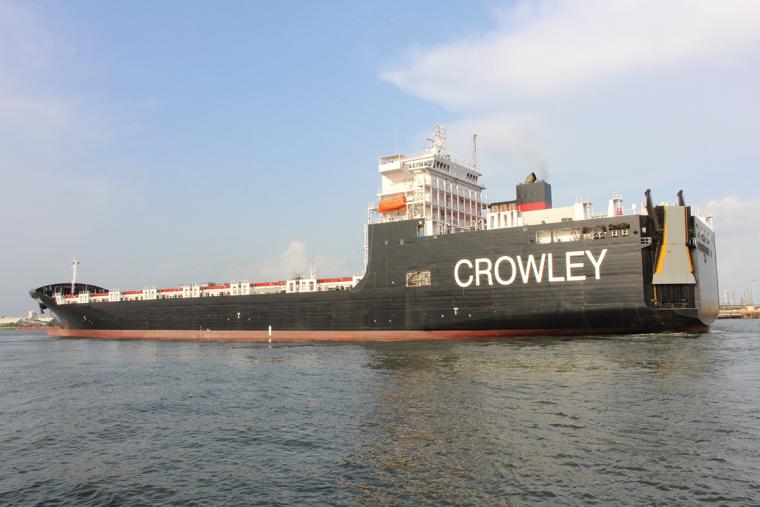
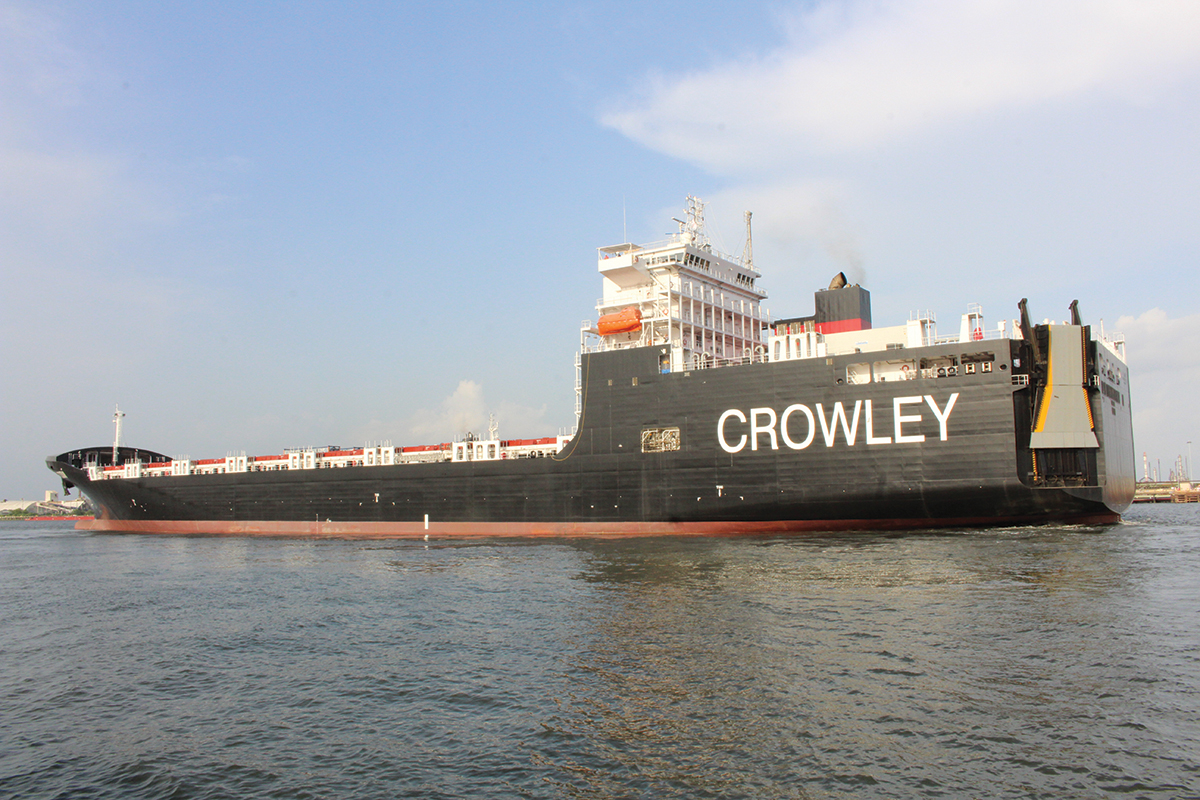 The subject of international trade – more particularly, the subject of conflict over international trade – is very much in the news today. Yesterday’s trade friction has become today’s “Trade War.”
The subject of international trade – more particularly, the subject of conflict over international trade – is very much in the news today. Yesterday’s trade friction has become today’s “Trade War.”
One might well ask, “What are the more recent causes of trade friction, and what tools have American communities and companies used to counteract built-in imbalances that have now bubbled over into punitive trade actions?”
Some of the causes are related to unintended consequences that have resulted from decades of global trade liberalization. The impetus for multilateral trade liberalization agreements since the end of World War II came from efforts to address and eliminate the root causes of large-scale armed conflict.
One can read the history of the Bretton Woods Conference in 1944 and get a sense of the scope of the efforts the delegates from 44 allied countries addressed in their aim of avoiding World War III. One of the outcomes of the Bretton Woods Conference was the General Agreement on Tariffs and Trade (GATT), which was ratified in 1947.
Since then, round after round of duty rate reductions among GATT member countries offered a number of benefits for U.S.-based manufacturing operations – especially opportunities to expand export sales. Conversely, reduced U.S. tariffs, combined with the free flow of capital investment, meant there was a world (at least what was known in the post-war age as the “Free World”) of competition for production and market share within the U.S. market.
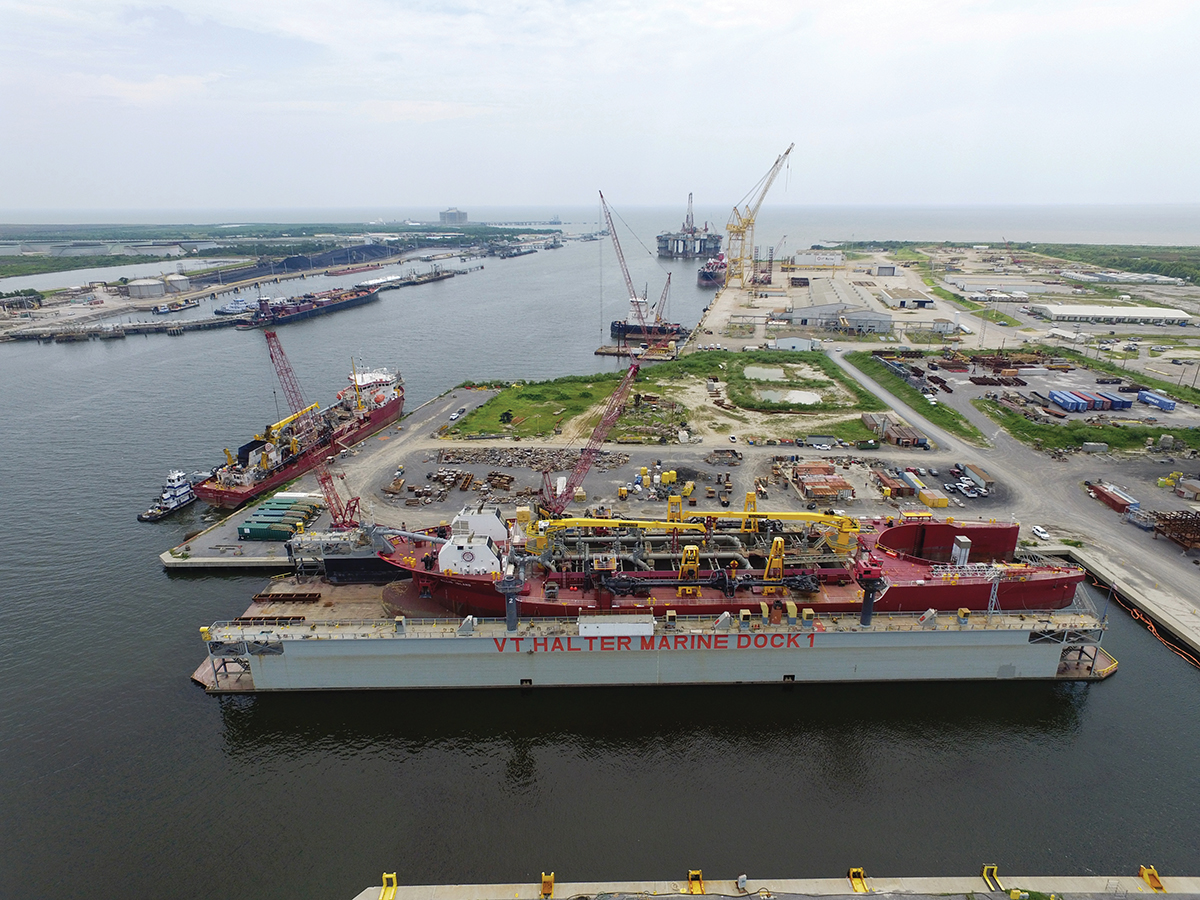
This conflict has been further exacerbated by membership in the WTO by countries (e.g., China, Vietnam) whose governments are yet to embrace the institutions and values that have characterized the nations that continue to define the “Free World.” Since China’s admission to the WTO in 2001, some have argued that offering WTO membership to countries that have yet to embrace democratic institutions offers new markets for American exporters, and creates and expands the middle class of citizens in those countries who, in time, will demand decent wages and democratic institutions and government for themselves. Others argue that WTO membership for such countries is akin to inviting the fox into the henhouse.
However, even if one accepts the argument that free trade promotes worldwide peace and democracy, the stark question remains: How do we keep our hometown USA factory doors open until the arrival of that wonderful day when worldwide peace and democracy erase the economic distortions that still exist today?
In the absence of punitive tariffs on foreign-made finished products, the obvious answer for the U.S-based manufacturer is: We have to lower the production costs of our manufacturing facility. How? First, we’d better get lean. No more “buffer stock” of parts and components that we’ve paid for but haven’t used yet. We need to order and receive parts and materials on a “just-in-time” basis. We need to actively manage our worldwide supply chain costs and do what we can to encourage our domestic suppliers to manage costs within their supply chains. We need to use any available tool to lower our global supply chain costs, keep our doors open, employ the people in our town and remain as viable customers for our domestic suppliers.
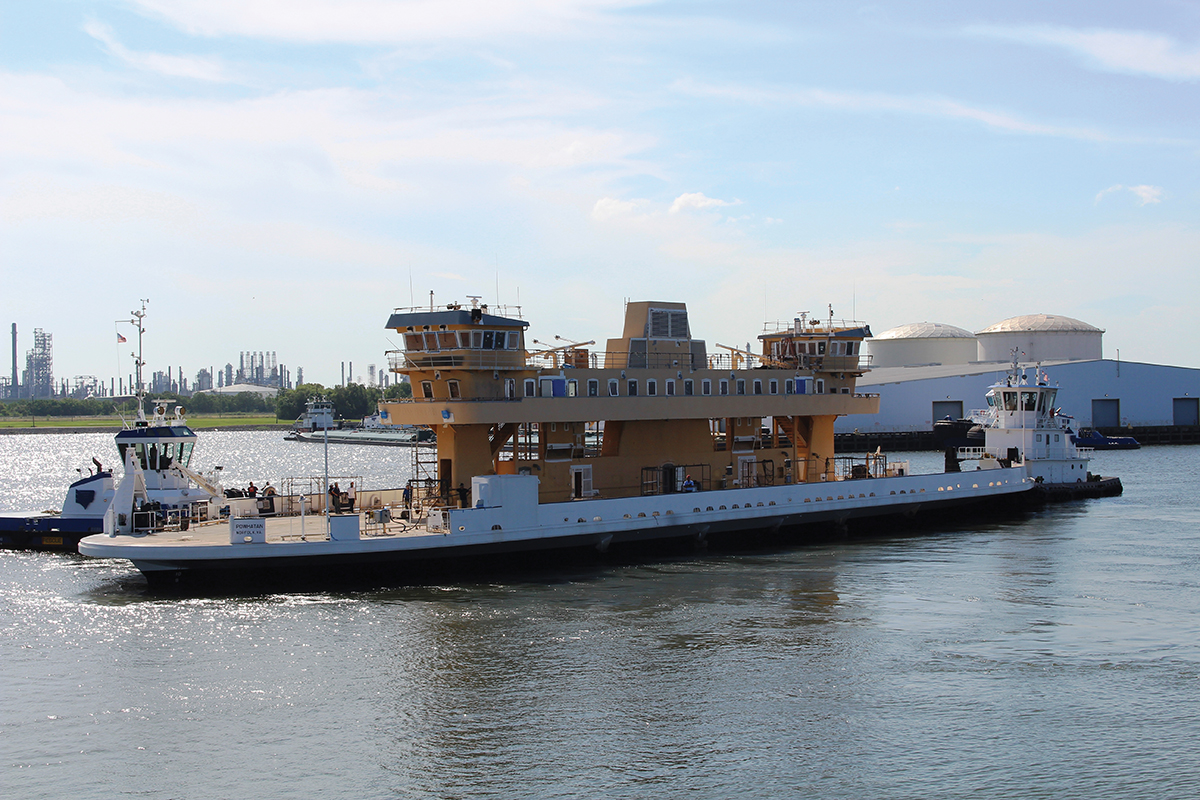
To attract and retain value-added activity, physical infrastructure, services and human resources that enable local companies to remain efficient and compete on a global basis are essential. Communities need an educated, trainable workforce. School systems and public facilities that make a community an attractive place to host high value-added business operations have to be provided. Tools to attract and retain both domestic and foreign investment are necessities.
In the absence of out-and-out trade wars, one tool that has for decades helped individual companies and the American communities in which they reside respond to the challenges of globalization is the U.S. Foreign-Trade Zones program. Operating under Zone procedures enables many U.S.-based companies to lower their global supply chain costs.
Among the ways this happens are:
• Customs Duty Deferral – No Customs duties are paid while imported material remains in the Zone.
• Duty Avoidance on Re-exports – Goods stored in Zones may be shipped to foreign markets without the payment of U.S. Customs duties. The same benefit applies for exports of goods manufactured in Zones that are exported to non-NAFTA countries.
• Tariff Rate Rationalization – With prior U.S. Foreign-Trade Zones Board approval, Zone users may choose the duty rate that is applied to foreign components used in the manufacture of goods sold in the domestic market — that is, the rate that applies to the imported component, or, alternatively, the rate that applies to the FTZ manufacturer’s finished product, whichever is lower.
• Lower Supply Chain Costs – FTZ Direct Delivery procedures reduce the time between unlading at a U.S. port and the arrival of parts and components to the FTZ user. FTZ Weekly Entry procedures reduce the paperwork involved in serving the domestic market from the Zone operation.
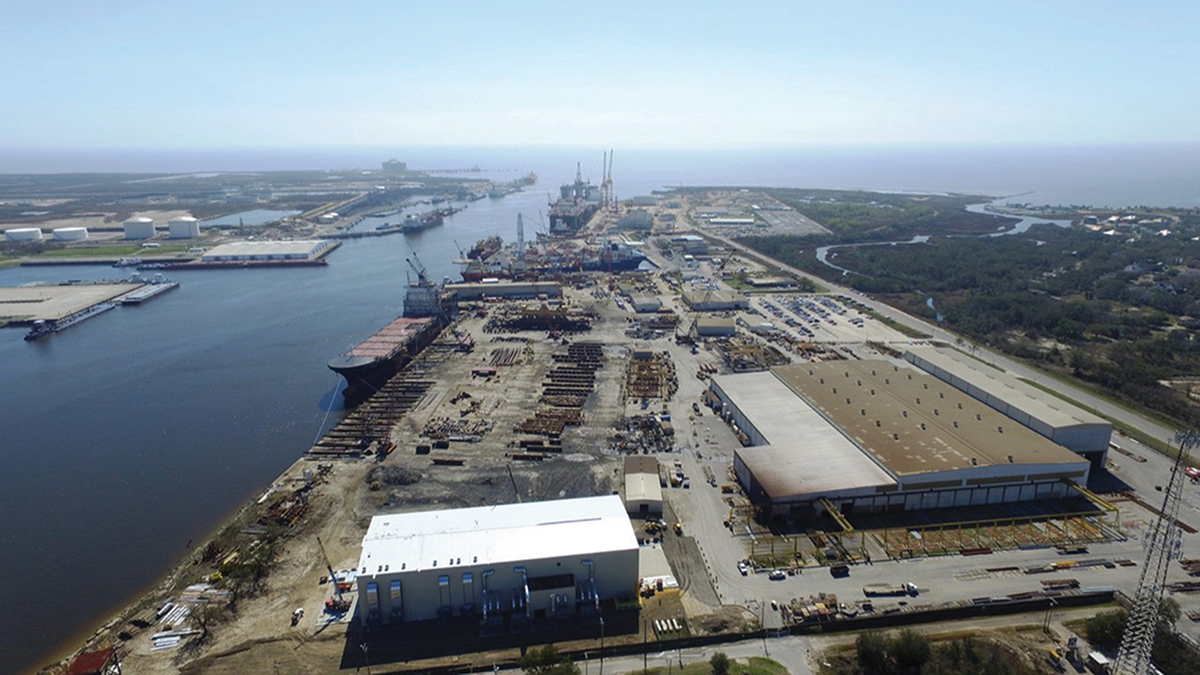
It is improbable that any of those who created the FTZ program in 1934 could have envisioned the ways in which it has contributed to the encouragement of U.S.-based manufacturing, the retention of domestic capital investment, domestic employment and the attraction of foreign capital investment to the United States. Today, however, one can easily see how the program Congress created in 1934 has evolved, expanded and played a significant role in mitigating the unintended costs of the initiatives and institutions created by the delegates who gathered a decade later in Bretton Woods with the aim of encouraging the nations of the world to turn their swords into plowshares.
An interesting example of how this has happened is represented by the development of Mississippi Coast Foreign-Trade Zone, which serves members of the regional trade community in the maritime and energy sector. Charles Persons, president of the Zone project’s grantee organization, explained how the use of the FTZ program along the northern Gulf Coast enhances the competitiveness of the supply chain upon which American energy consumers depend.
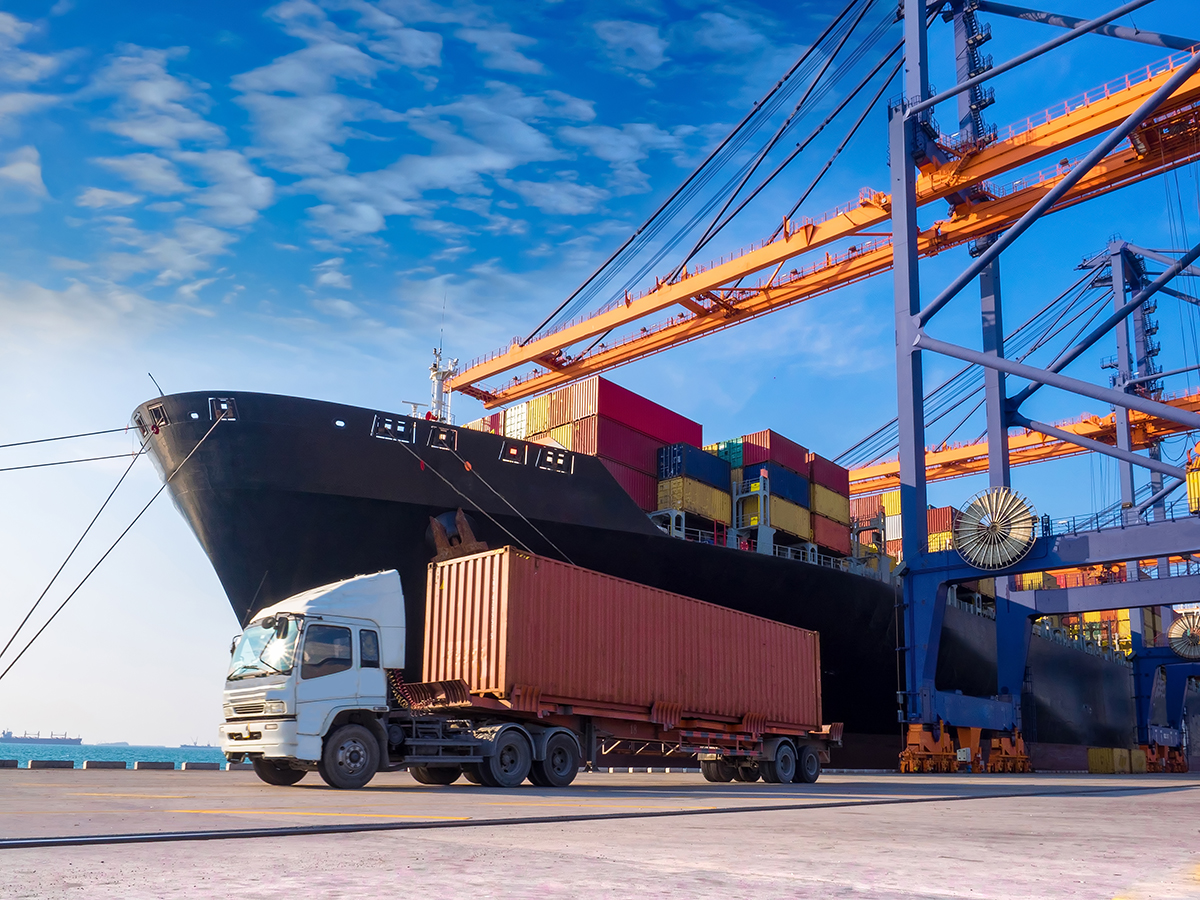 “We have a number of companies along the coast whose operations support U.S. energy production. We have several shipbuilding and repair operations which build and repair offshore service vessels. These vessels are essential for America’s offshore energy exploration industry to provide a domestic source for oil and gas that our refineries count on to compete with foreign-produced fuels. The Jones Act requires that vessels operating in coastwise trade be constructed in the United States. The FTZ program is important in that it enables American shipbuilders to lower their tariff-related costs in constructing our domestic fleet of offshore service vessels. These cost savings translate into a more affordable, larger fleet that is better able to meet the needs of offshore drilling operators, and enables them to comply with and meet the objectives of the Jones Act.”
“We have a number of companies along the coast whose operations support U.S. energy production. We have several shipbuilding and repair operations which build and repair offshore service vessels. These vessels are essential for America’s offshore energy exploration industry to provide a domestic source for oil and gas that our refineries count on to compete with foreign-produced fuels. The Jones Act requires that vessels operating in coastwise trade be constructed in the United States. The FTZ program is important in that it enables American shipbuilders to lower their tariff-related costs in constructing our domestic fleet of offshore service vessels. These cost savings translate into a more affordable, larger fleet that is better able to meet the needs of offshore drilling operators, and enables them to comply with and meet the objectives of the Jones Act.”
He added, “In nearby Zone projects, companies who manufacture undersea umbilical systems for oil and gas production fields use the FTZ program to lower their cost of producing their systems in the United States. These Gulf Coast facilities compete directly with their European sister plants for production of undersea umbilical systems that are installed in the Gulf of Mexico.”
“Finally,” he said, “this whole supply chain feeds directly into our domestic production of fuels and petrochemical products. Our zone project serves Chevron Products Company, whose refinery in Pascagoula, Mississippi, is one of the largest east of the Mississippi River. Chevron’s Pascagoula refinery has ranked among the nation’s top-10 FTZ export production operations for each of the past several years. By dollar volume, the oil refining industry is the largest user of the U.S. FTZ program. Billions of dollars in new investment along the Gulf Coast is now taking place. The FTZ program is an important contributor to the ongoing operating margins that justify this kind of U.S.-based growth and investment.”
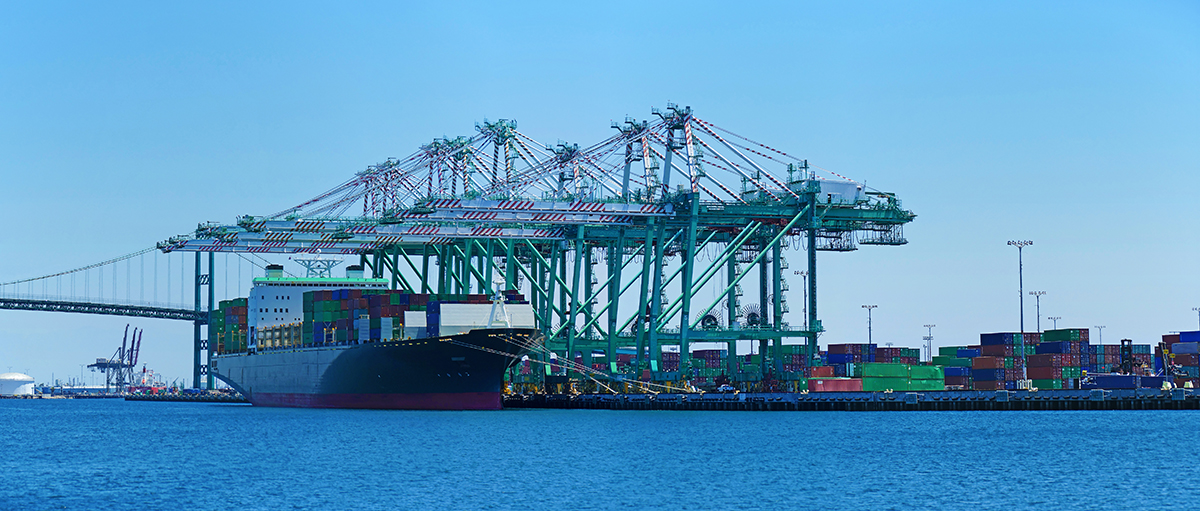 An important question that has recently arisen concerns the role of the U.S. Foreign-Trade Zones program in an environment of international trade conflict. For U.S.-based companies whose production is aimed at domestic consumption, the Foreign-Trade Zones program has been precluded from serving as a work-around for punitive tariffs on inputs of certain aluminum and steel products, and certain raw materials and components from China. However, for the production of export products, the FTZ program has been an important tool by which U.S-based operations are able to keep their doors open and continue to employ American workers.
An important question that has recently arisen concerns the role of the U.S. Foreign-Trade Zones program in an environment of international trade conflict. For U.S.-based companies whose production is aimed at domestic consumption, the Foreign-Trade Zones program has been precluded from serving as a work-around for punitive tariffs on inputs of certain aluminum and steel products, and certain raw materials and components from China. However, for the production of export products, the FTZ program has been an important tool by which U.S-based operations are able to keep their doors open and continue to employ American workers.
A good example that illustrates this can be found in the small community of Lansing, North Carolina, which is home to United Chemi-Con, a manufacturer of electrolytic capacitors. The company employs 150 local workers, and its products are sold in both domestic and export markets. Steve Katz, the plant’s manager, talked about the effects of the current trade conflict and the way in which the FTZ program has helped keep the plant viable.
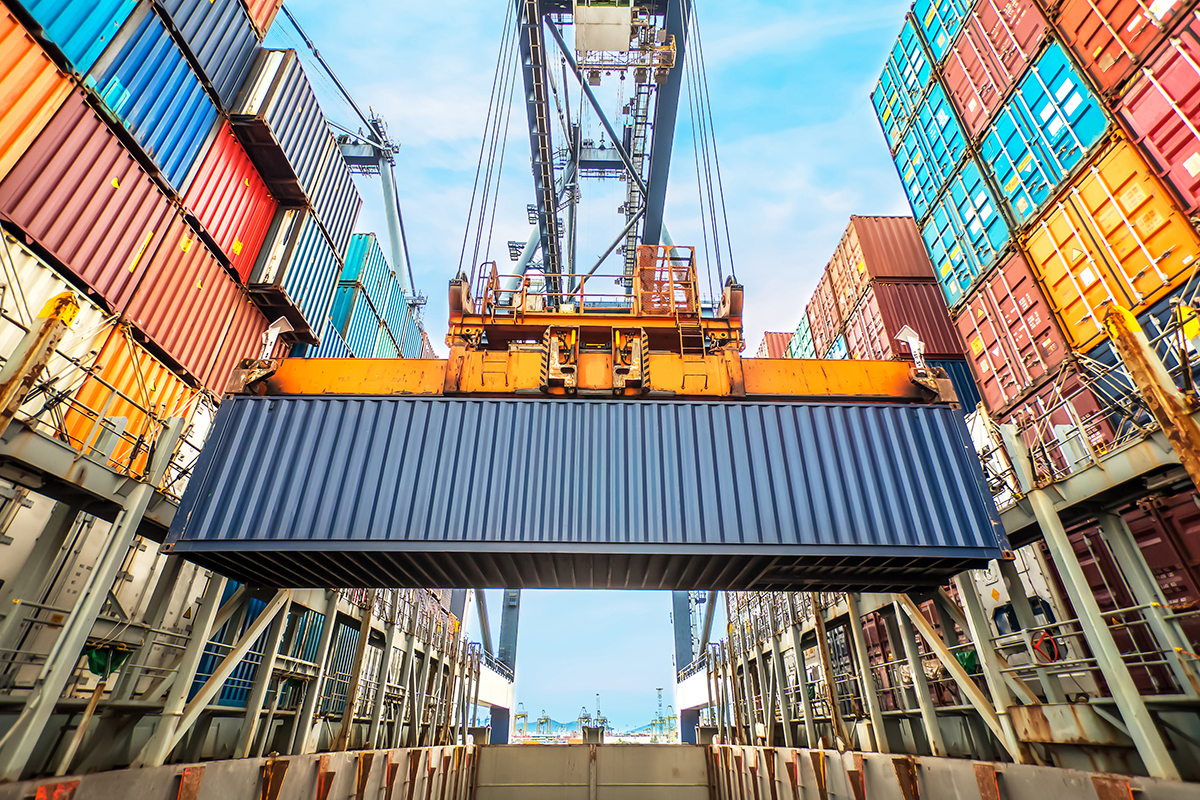 “Ever since 1995, our plant has been competing with foreign capacitor plants whose products can be imported into the U.S. duty-free. Prior to 1995 there was a 10 percent duty rate on imported capacitors. At the same time, we would pay a 5.3 percent duty on the imported etched aluminum foil that we use to manufacture capacitors, except for the fact that our plant was approved for FTZ operations in 2003. Since that time FTZ production authority has enabled us to keep our plant economically viable. When the punitive tariffs on aluminum products were enacted, we were stuck with an additional 10 percent duty on our raw material and lost our FTZ benefit to boot. We were successful in being granted an exclusion from the punitive tariff; however, it’s going to take some time before the raw material inventory that was subject to the punitive tariff is flushed through our inventory system.
“Ever since 1995, our plant has been competing with foreign capacitor plants whose products can be imported into the U.S. duty-free. Prior to 1995 there was a 10 percent duty rate on imported capacitors. At the same time, we would pay a 5.3 percent duty on the imported etched aluminum foil that we use to manufacture capacitors, except for the fact that our plant was approved for FTZ operations in 2003. Since that time FTZ production authority has enabled us to keep our plant economically viable. When the punitive tariffs on aluminum products were enacted, we were stuck with an additional 10 percent duty on our raw material and lost our FTZ benefit to boot. We were successful in being granted an exclusion from the punitive tariff; however, it’s going to take some time before the raw material inventory that was subject to the punitive tariff is flushed through our inventory system.
Therefore, we’ll still be stuck with the tariffs on domestic production. However, because we operate in an FTZ environment, we are able to obtain immediate tariff relief on products we export.”
He added, “There is no doubt that over the long haul, punitive tariffs on our raw materials would have resulted in the closure of our plant and the displacement of its production by its overseas sister plants. I expect that neither our customers nor people in other American communities would have taken much notice, but given that our plant is the only place that offers high-paying high-tech manufacturing jobs in Lansing, I’m sure that the plant’s closure would be felt in a big way within our community. Thanks to the approval of our tariff exclusion request, and our FTZ status, we can continue to compete as an American producer in a global economy.” T&ID

